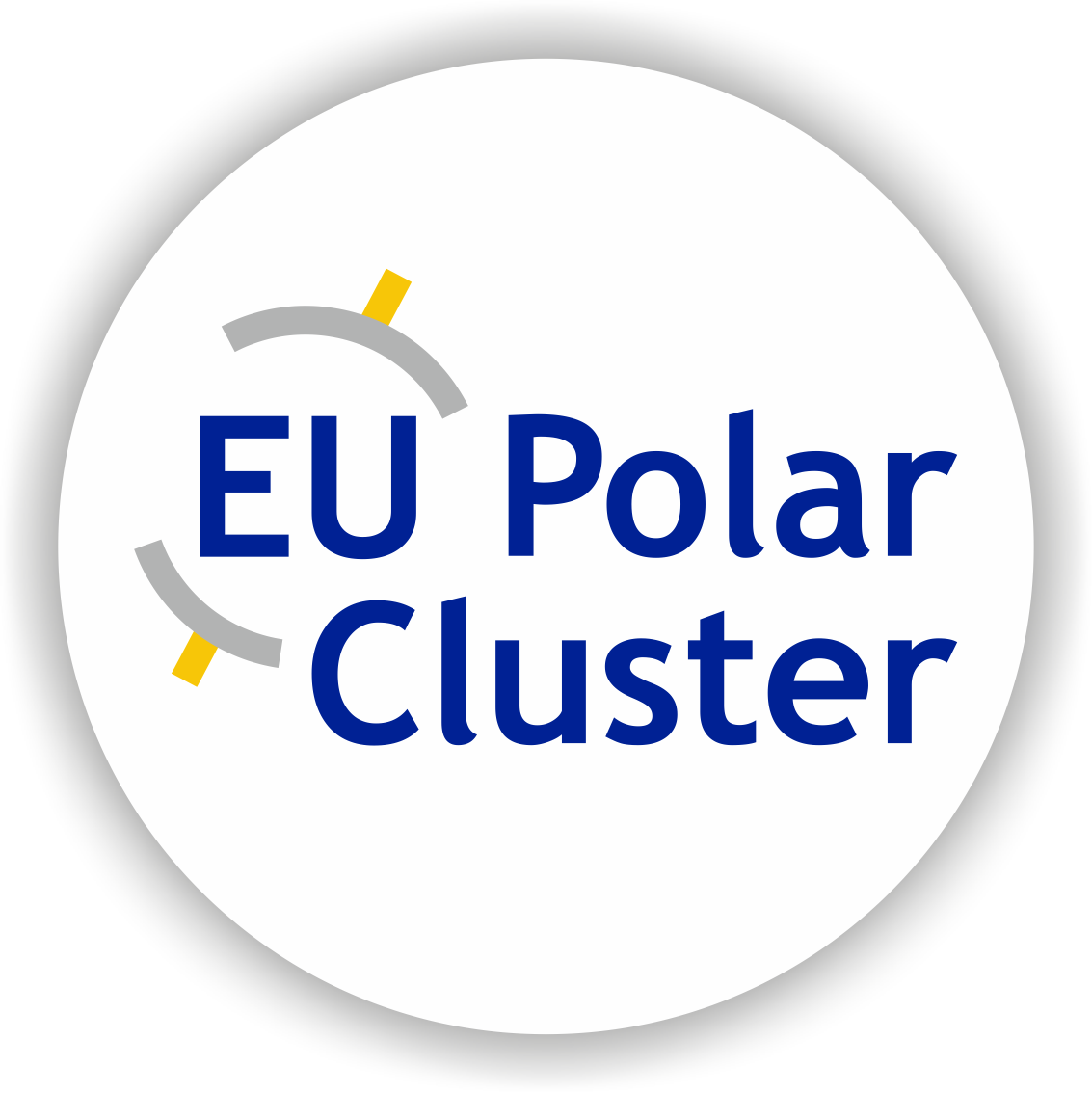Here is a fun fact about one of our case study sites to start off your new year: Did you know that the Icelandic constitution is the world’s first “crowdsourced” constitution?
In the ICEBERG project, we also believe in the power of crowdsourcing and will be applying the method in Iceland and Kalaallit Nunaat (Greenland) as part of our citizen participation activities. But first – what is crowdsourcing?
Crowdsourcing and participatory mapping
Crowdsourcing is the general term for the collection of data through the contribution of individuals and communities. It has been used in citizen science projects from translating whale calls (Whale.FM) to hunting for galaxies far far away (Galaxy Zoo).
In the ICEBERG project, we use an extreme form of crowdsourcing called participatory mapping. Participatory mapping also gathers information from individuals, but it differs from crowdsourcing because it is focused on community involvement, aiming to empower local individuals and groups by giving them a voice in the creation of maps that reflect their realities and needs. Participatory mapping involves workshops, community meetings, and collaborative sessions where participants can learn to actively engage in the mapping process, making the platform their own.
Our hope for the ICEBERG uMap is a participatory mapping platform that can be used by our case study communities for long-term community-based environmental monitoring.
The ICEBERG uMap: an interactive mapping platform for the community
The ICEBERG uMap is a platform that provides a visualisation of observed changes and impacts due to pollution, overlaid on an interactive map that is accessible to citizens, with data provided by citizens.
We love uMap because it is a free, open-source online mapping platform tool, which allows citizens to easily access and work on the maps collaboratively. That means that communities and groups can continue to use the platform after the project ends and they don’t have to pay to use the tool. As a method of participatory mapping, community members will be able to submit geotagged information and audiovisual content, such as pictures, videos, audio files.
Last summer, the ICEBERG team held community consultation meetings in Husavik, Narsaq, and Qaqortoq, which was an excellent chance for community feedback and co-creation of the ICEBERG uMap platform. During these meetings, we got interest from the geography classes at Campus Kujalleq in Qaqortoq, who will use the platform to map and visualize drone and timelapse camera photos (these exciting activities are also part of the ICEBERG project – look out for our blog post in April). We also got interest from two beach cleanup organizations that would like to use the uMap as their database to keep track of cleanup efforts and also to showcase the work of their amazing crews.
If you go to the ICEBERG uMap, you can already see contributions from Ocean Missions (Husavik, Iceland) and Arctic Cleanup (Kalaallit Nunaat Greenland). There are also several observations from local community members. This local knowledge is so valuable because it is coming from real on-the-ground observations from passionate people who know their regions the best. The ICEBERG team would like to say a big thank you to all our amazing participants!
The future of the ICEBERG uMap
As we said, our hope for the platform is that it will gain interest with the community and be used long after the ICEBERG project ends. To achieve this goal, we are planning to hold training workshops during the 2025 fieldwork season to teach interested community members how to use the uMap tool for environmental monitoring and integrate community inputs to align with the local context and needs. If we want the platform to persist, we need to create a map that genuinely reflects the community’s voice and can serve needs such as planning and local decision-making.
Check out the ICEBERG uMap here. If you are a local community member, please help us by submitting observations about changes and impacts due to pollution in your area. Together, we can combat pollution in the Arctic region!
Christine Liang & Thora Herrmann
Stay tuned for more updates
To stay tuned on ICEBERG, follow us on social media and subscribe to our newsletter to get the updates to your own email.
Find ICEBERG on:



